Plus-size Hungarian Easter brioche – RECIPE

Easter is a very important holiday and celebration for Christians. Hungary, being a Christian country, takes it very seriously, with a bunch of entertaining customs and traditions.
I will not entertain you with our odd and special Easter traditions as we have already done so. If you are interested, check out the following article:
I will tell you, however, some interesting things about the Easter brioche of Hungarians. Its form and size vary from region to region; some prefer it to be round while others prepare the traditional braided form.
In many areas, the brioche prepared for this special day was only consumed after the Sunday morning mass.
People put all the food that they were not allowed to eat during the fast in a basket: ham, eggs, horseradish (the best in Europe, if you do not believe me, find it out for yourself here), and a bottle of wine.
Everything you will need for a huge brioche enough for a big family:
- 500 g flour
- 60 g sugar
- 10 g vanilla sugar (this is optional, but vanilla enhances all the flavours, so it is also very much advised)
- 250 ml milk
- 50 g butter
- 15 g yeast
- a pinch of salt
- a tsp of lemon zest
- 1 egg + 1 more that goes on top of the brioche right before baking
Start with putting the yeast in about 100 ml of warm milk and let chemistry work its magic. Meanwhile, in a very big bowl, add flour, sugar, salt, and butter.
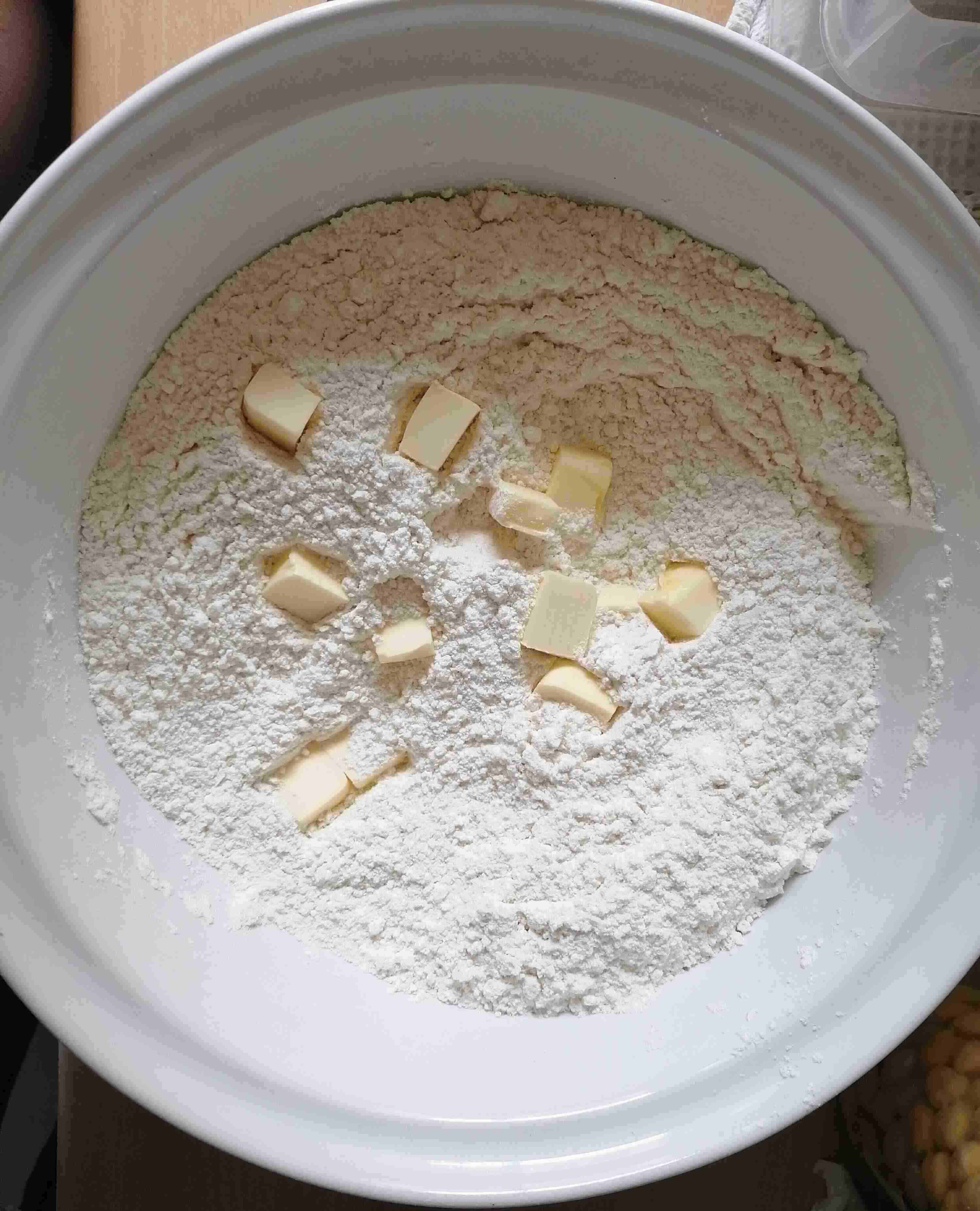
Then crumble everything together with your fingers. Add the vanilla sugar and the egg, the lemon zest and maybe a bit of vanilla essence to make the flavour pop even more.
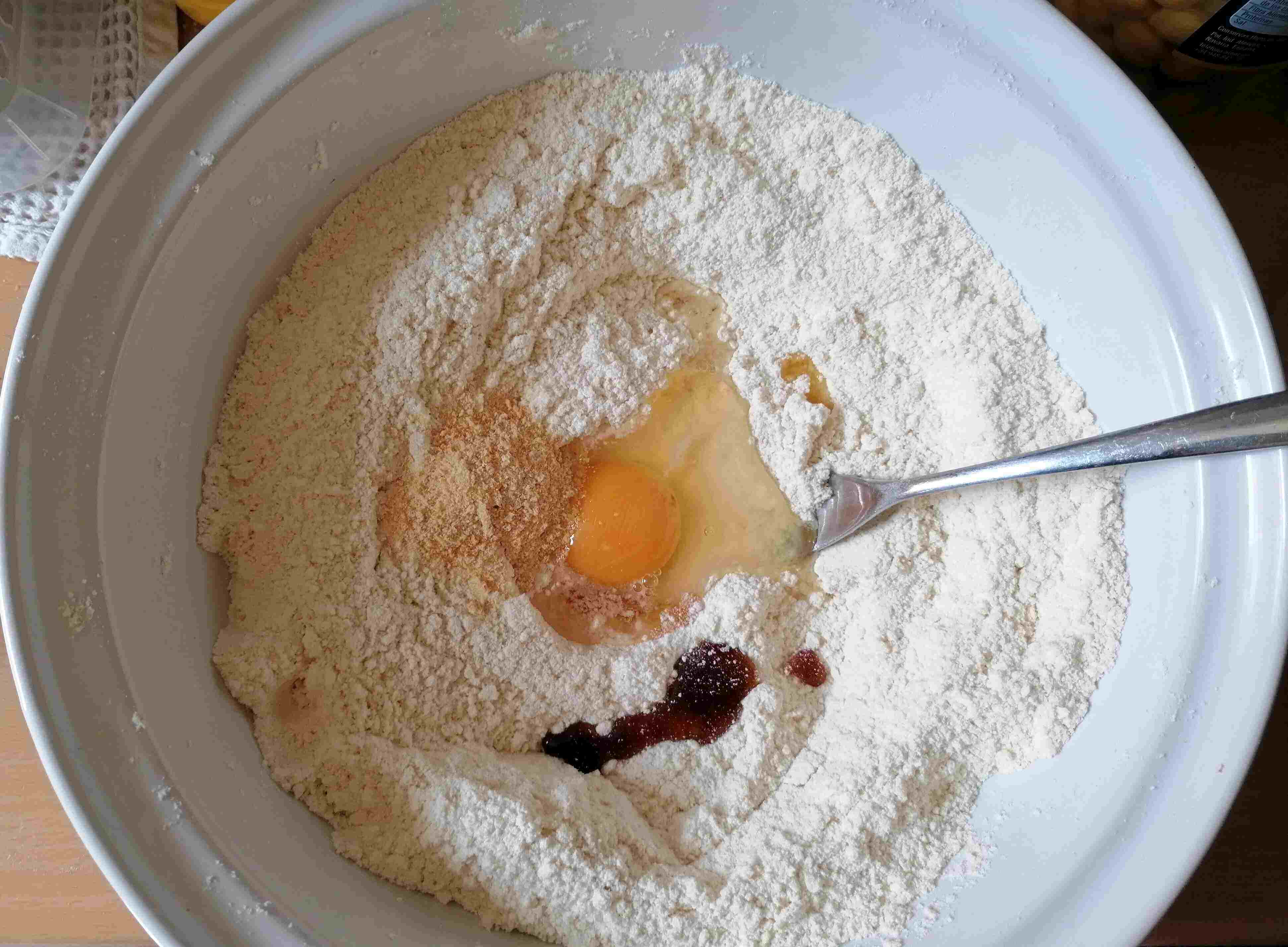
When the yeast has already risen quite nicely, add it to the dough and get ready for kneading.
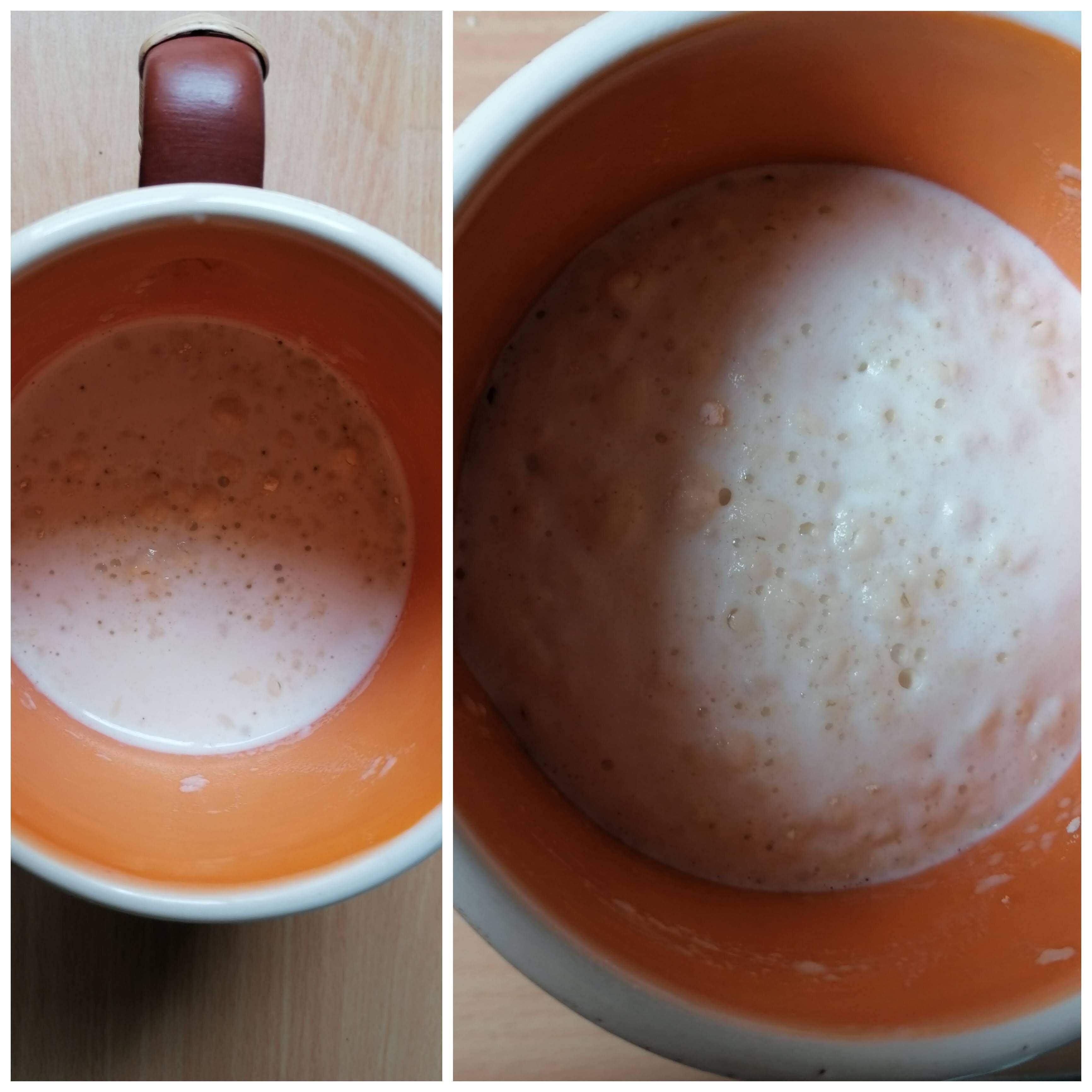
It is going to be tough on your arms and wrists, but it will be totally worth it. After kneading for about 15-20 minutes, form a nice ball by tucking the sides under and place it back to the big bowl we previously greased a bit (with butter or oil), sprinkle the top with some flour, cover the bowl with a kitchen cloth, and leave it to rest somewhere relatively warm.
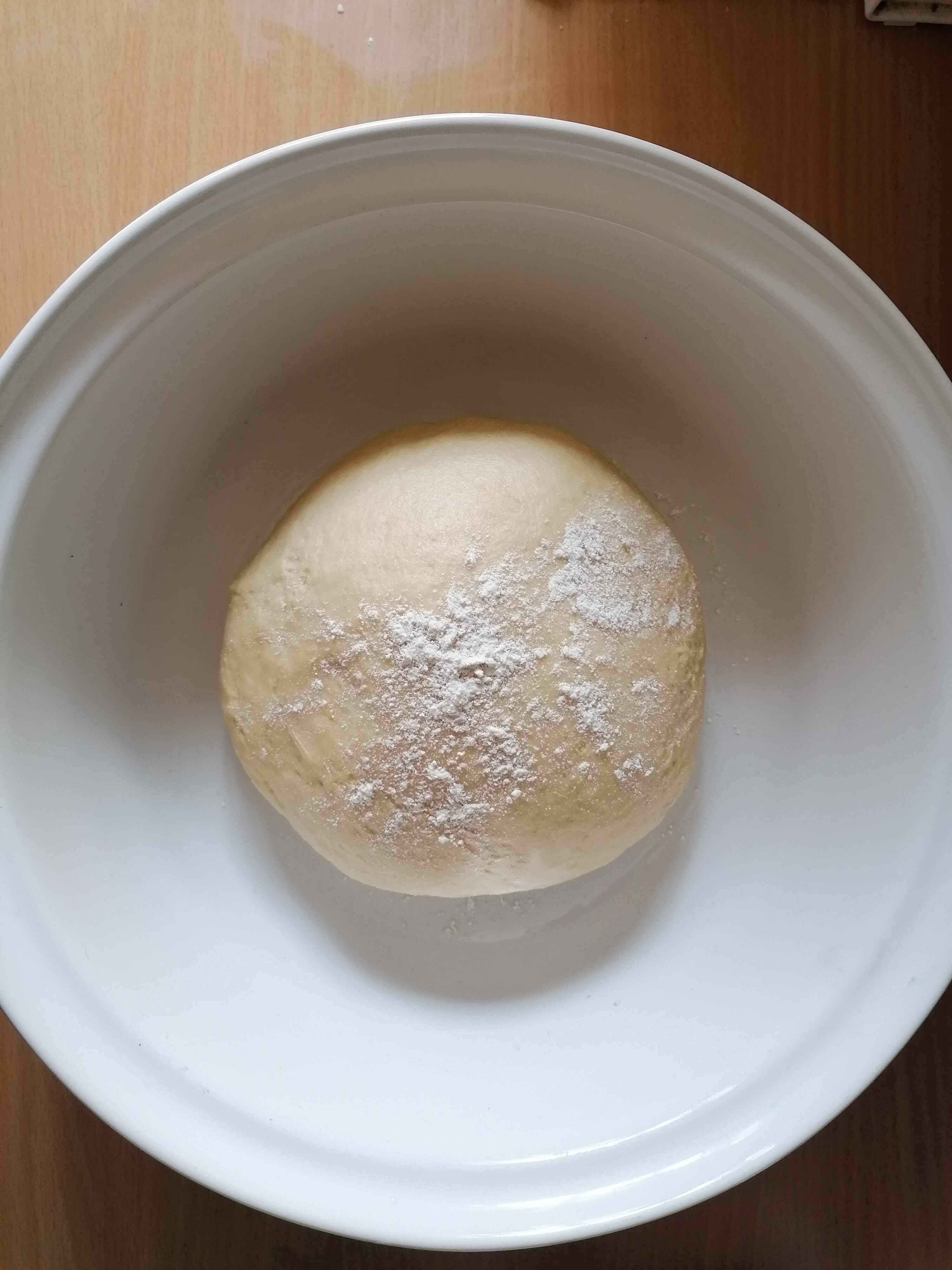
After about 30 minutes, take the risen dough out and knead it through again for about 10 minutes. Add some more flour if you feel like the dough needs it. Then you have to repeat the previous step again to let the dough rest for an additional 60 minutes.
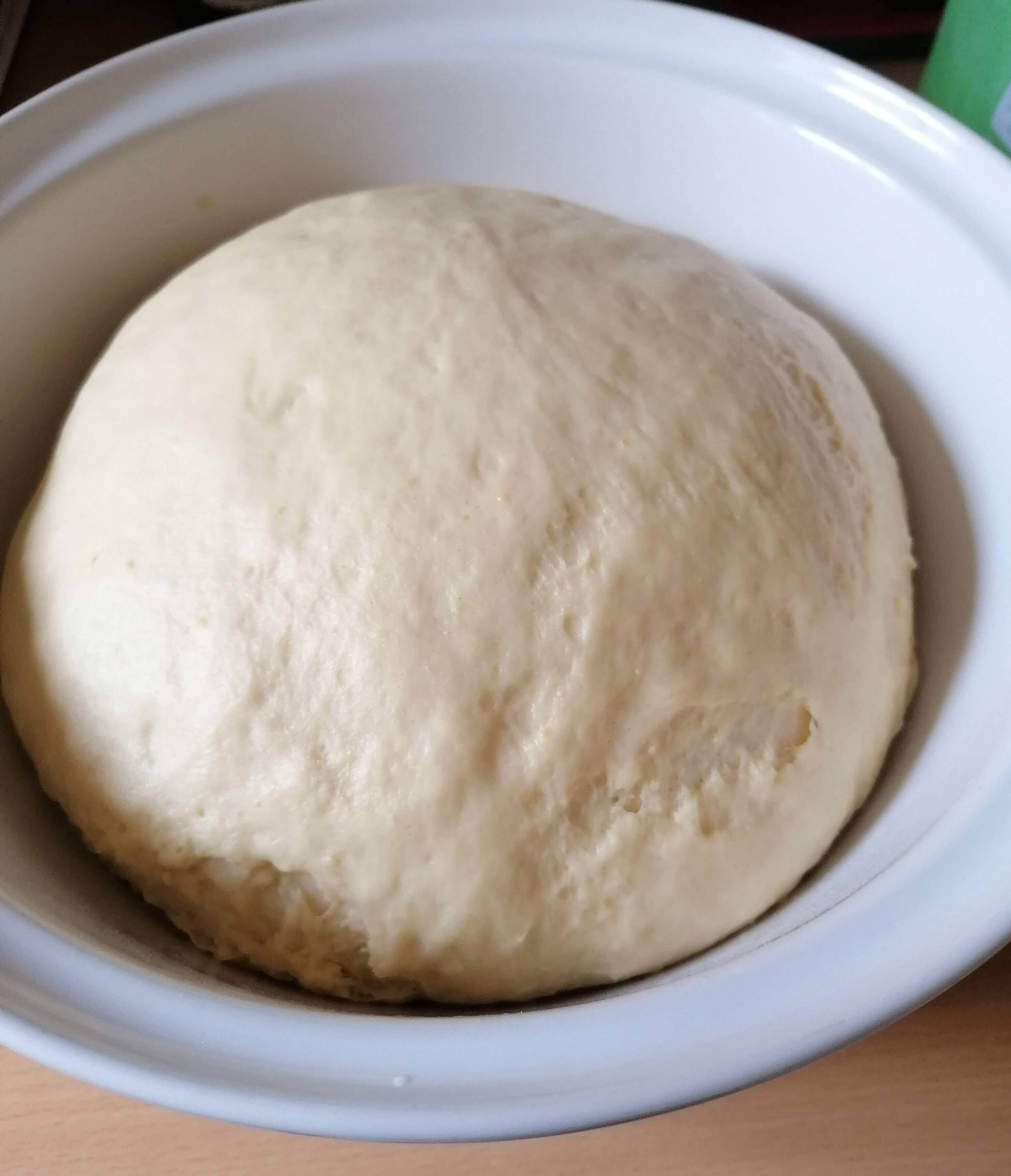
You can skip the second kneading and resting if you have less time or patience, but your brioche will be much lighter and softer if you do so.
Once it is almost ready to braid, preheat the oven to 170 °C.
We are through the hardest part, all you need to do is separate the dough into 3 or 4 equal balls, roll them into long and thin snakes and braid them together like you would do your hair.
Braiding 4 strands can be quite tricky, but do not worry, I had difficulties as well, so I searched for a YouTube tutorial you can find just below.
After you managed to braid your beautiful brioche, there are only two small steps left. Place it onto a baking tin, glaze your brioche with a beaten egg, and place it in the oven.
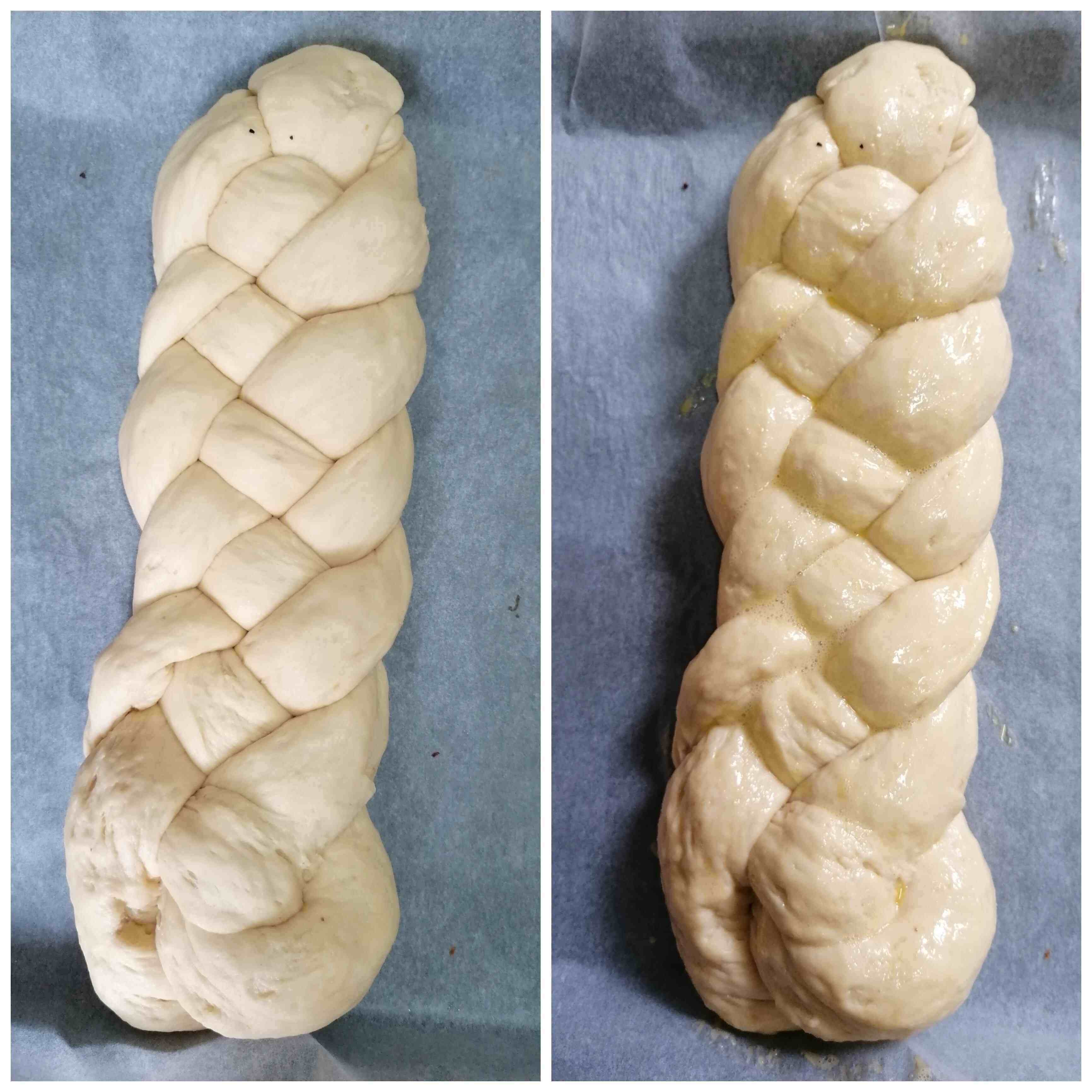
Bake it for about 35-40 minutes, but be sure to check it every 10 minutes as the baking time may vary by the type of oven you have, and we definitely do not want it to burn.
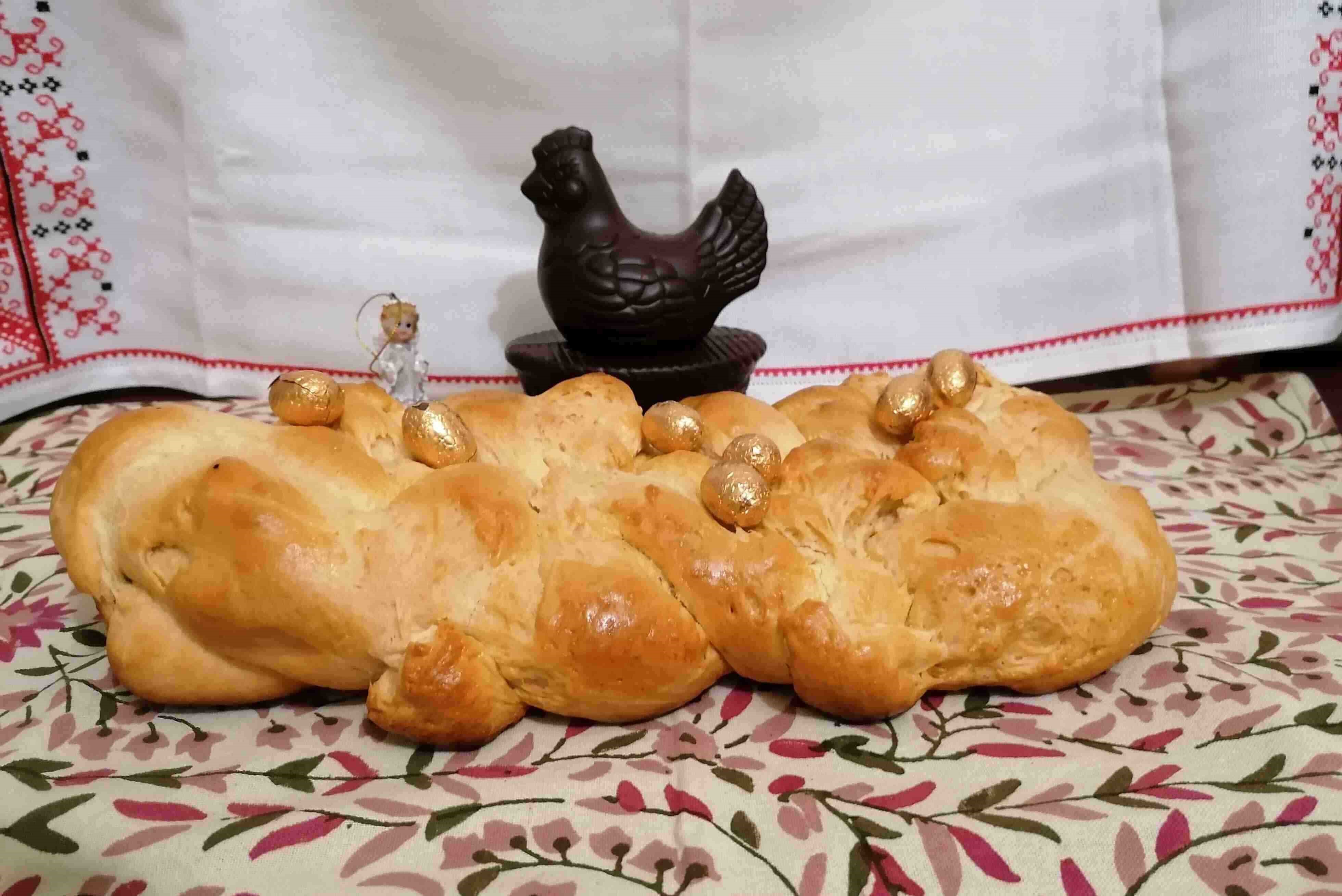
The outcome will be a neutral-flavoured brioche, despite the sugar we added to it, so you can decide what you would like to eat it with – be it the traditional Easter breakfast with ham and casino eggs, or if you prefer a sweeter taste, with honey or fresh jam.
Jó étvágyat!
Source: YouTube, family recipe





